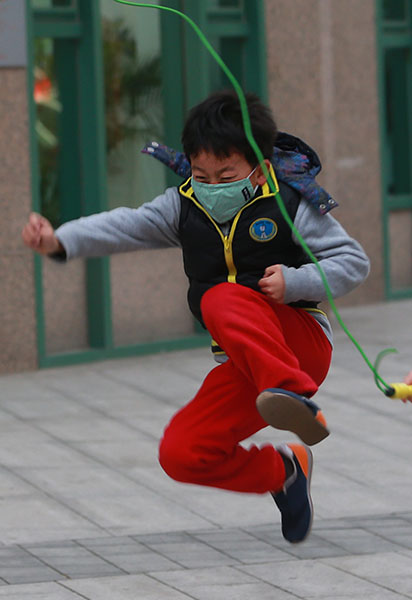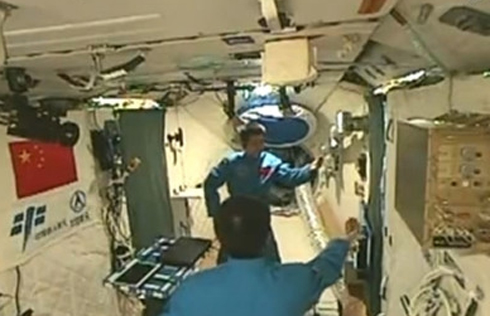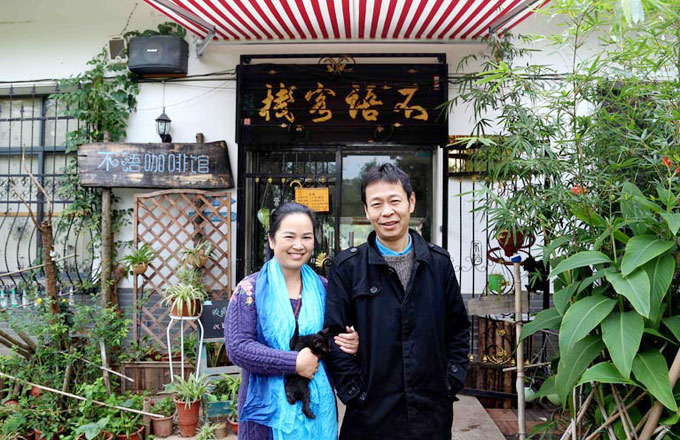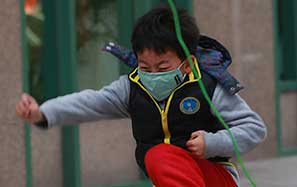PLA offers technology in fight against smog
The People's Liberation Army has come up with a new way to fulfill its mission of protecting the Chinese people. In this case, its adversary is tiny and insidious but at the same time, expansive and wide ranging.
The foe is smog, which currently is covering North China in a gray blanket.
While working in laboratories and testing grounds to develop military technology, PLA scientists have found their tools can also be put to civilian use.
The PLA's chemical defense researchers and other scientists are offering environmental protection authorities a detection system that is capable of tracing and identifying smoke emitters with high accuracy to help curb rampant emissions.
The National Air Quality Forecast and Pollution Control Policy Support System was developed by the PLA Institute of Chemical Defense Command and Engineering in cooperation with the Chinese Academy of Sciences' Institute of Atmospheric Physics, Peking University, the National Meteorological Center and a private technology company.
Major General Hu Xiaoping, president of the PLA institute, said its researchers adopted theories and technologies in nuclear, biological and chemical defense when designing the system. It can calculate the share of each pollutant in smog and accurately locate emitters, he said.
Huang Shunxiang, chief researcher on the system at the institute, said they started to develop the system in 2013. It can work against a mixture of rapidly changing factors and has a lower error rate than other similar systems, he said. Researchers declined to discuss details of how it works.
One of the major advantages is that using the system, environmental inspectors will be able to target specific heavy emitters rather than suspending the operations of all possible polluters, Huang said.
Many areas in North China, like Beijing and Shijiazhuang in Hebei province, have been shrouded in a smog that forecasters have said will remain through Friday. The three hazy days have come only two days after the last round of smog.
Since the start of October, the Beijing-Tianjin-Hebei region has been hit by several rounds of heavy smog, the Ministry of Environmental Protection said.
The concentration of PM2.5 - tiny particles that can enter the bloodstream and endanger health - increased by 13.3 percent year-on-year in October in the 13 cities of the region monitored by the ministry, it said.
Cheng Nianliang, an engineer at the Beijing Municipal Environmental Monitoring Center, said technologies used to track pollutant sources have been utilized for several years by many cities, including Beijing, Shanghai, Hangzhou and Guangzhou. Such technologies are based on big data for weather conditions and pollutant emitters such as industrial companies.
But, he said, "Compared with previous technologies, the system designed by the military has better performance in terms of arithmetic capability, timeliness, efficiency and accuracy."
|
A student skips rope on Thursday amid smog in Beijing.Zou Hong / China Daily |
- Chinese research team wins top award in supercomputing
- Corrupt officials who fled abroad are now giving themselves in
- High-tech fair showcases China's innovation power
- China to boost geothermal power consumption in 2016-2020
- Former senior provincial legislator sentenced to prison for bribery


















